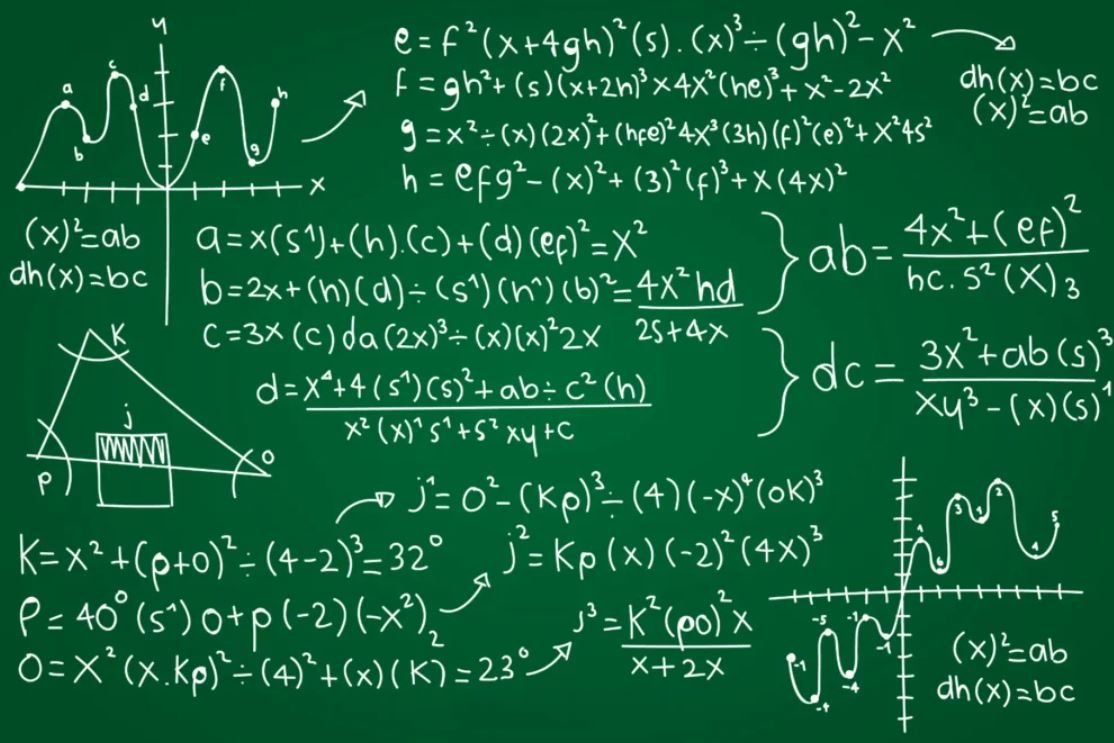Trigonometry in Mathematics: A Comprehensive Exploration
Trigonometry, derived from the Greek words “trigon” (triangle) and “metron” (measure), is a significant branch of mathematics that deals with the relationships between the angles and sides of triangles. It plays a pivotal role in various domains such as engineering, physics, astronomy, and even modern computer graphics. This essay delves into the history, fundamental concepts, applications, and contemporary relevance of trigonometry in mathematics.
Historical Background of Trigonometry
The origins of trigonometry can be traced back to ancient civilizations. Early evidence of trigonometric ideas can be found in the work of ancient Egyptian and Babylonian mathematicians. The Egyptians used rudimentary forms of trigonometric principles for constructing pyramids, while the Babylonians developed early forms of angle measurement.
In ancient Greece, trigonometry saw significant advancements through the works of Hipparchus, often regarded as the father of trigonometry. He compiled the first known trigonometric table and introduced concepts related to chords in a circle. Ptolemy, another Greek mathematician, further refined these ideas in his seminal work, the Almagest.
In India, scholars such as Aryabhata and Bhaskara developed trigonometric concepts independently, including the sine function. These ideas were later transmitted to the Islamic world, where mathematicians like Al-Khwarizmi and Al-Battani expanded upon them. Their work eventually reached Europe during the Renaissance, spurring the development of modern trigonometry.
Fundamental Concepts in Trigonometry

Trigonometry is primarily concerned with the study of triangles, particularly right triangles, and the relationships between their angles and sides. The core concepts include:
- Trigonometric Ratios: These are the foundation of trigonometry, relating the angles and sides of a right triangle:
- Sine (θ):
- Cosine (θ):
- Tangent (θ):
- Reciprocal Ratios: These include cosecant, secant, and cotangent, which are the reciprocals of sine, cosine, and tangent, respectively.
- Unit Circle: The unit circle provides a geometric representation of trigonometric functions, where the circle’s radius is one unit. It establishes the periodic nature of these functions and extends them to angles beyond 90 degrees.
- Trigonometric Identities: These are equations involving trigonometric functions that hold true for all values of the variable. Notable identities include:
- Pythagorean Identity:
- Angle Sum and Difference Identities:
Applications of Trigonometry
Trigonometry has far-reaching applications across various fields, demonstrating its versatility and importance:
- Astronomy: Historically, trigonometry was used to calculate the positions of celestial bodies and distances in the universe. Even today, it underpins much of modern astrophysics.
- Engineering: Engineers utilize trigonometric principles in structural analysis, electrical circuits, and mechanical design. For instance, determining forces in a bridge’s structure involves resolving vectors into components using trigonometry.
- Physics: Concepts like wave motion, oscillations, and optics rely heavily on trigonometric functions to describe periodic phenomena.
- Navigation and Geodesy: Trigonometry is essential for navigation, allowing for the calculation of distances and angles on Earth’s surface or between celestial objects.
- Computer Graphics: Modern graphics rendering employs trigonometric functions to simulate lighting, shadows, and motion, making it indispensable in animation and gaming.
- Medicine and Biology: Trigonometric models help analyze biological rhythms and medical imaging techniques, such as computed tomography (CT) scans.
Modern Advances in Trigonometry
With advancements in computational technology, trigonometry has evolved beyond its traditional scope. Numerical methods and algorithms now allow for the computation of trigonometric functions with extraordinary precision. Additionally, trigonometric principles underpin Fourier analysis, a technique vital for signal processing, data compression, and acoustics.
Mathematical software like MATLAB and Wolfram Mathematica has further simplified complex trigonometric computations, making them accessible to professionals and students alike.
Trigonometry in Education
Trigonometry remains a cornerstone of mathematics education, bridging algebra, geometry, and calculus. It fosters critical thinking and problem-solving skills, enabling students to tackle real-world problems. Despite its perceived complexity, understanding trigonometry opens doors to numerous scientific and engineering disciplines.
Challenges and Future Directions
While trigonometry is well-established, teaching and learning this subject can be challenging due to its abstract nature. Educational innovations, such as interactive tools and visual aids, aim to make trigonometry more intuitive. Future research may focus on integrating trigonometric concepts into emerging fields like quantum computing and artificial intelligence.
Sample Questions and Solutions
To solidify understanding, here are some sample questions and solutions:
- Question: Find the length of the hypotenuse of a right triangle if one leg measures 3 units and the other leg measures 4 units.
- Solution: Using the Pythagorean Theorem: units.
- Question: Calculate , , and for a right triangle with as one of its acute angles, where the opposite side is 5 units and the hypotenuse is 13 units.
- Solution: . First, find the adjacent side using the Pythagorean Theorem:
- Question: Prove the identity .
- Solution: From the definition of sine and cosine on the unit circle: , where and . Substituting gives .
Trigonometry, with its rich history and extensive applications, is a cornerstone of mathematical sciences. Its principles permeate diverse domains, from ancient astronomy to cutting-edge technology. By understanding and appreciating trigonometry’s foundations, we unlock a powerful toolset for exploring and solving complex problems in both theoretical and practical contexts. As mathematics continues to evolve, trigonometry remains an enduring testament to humanity’s quest for knowledge and innovation.




